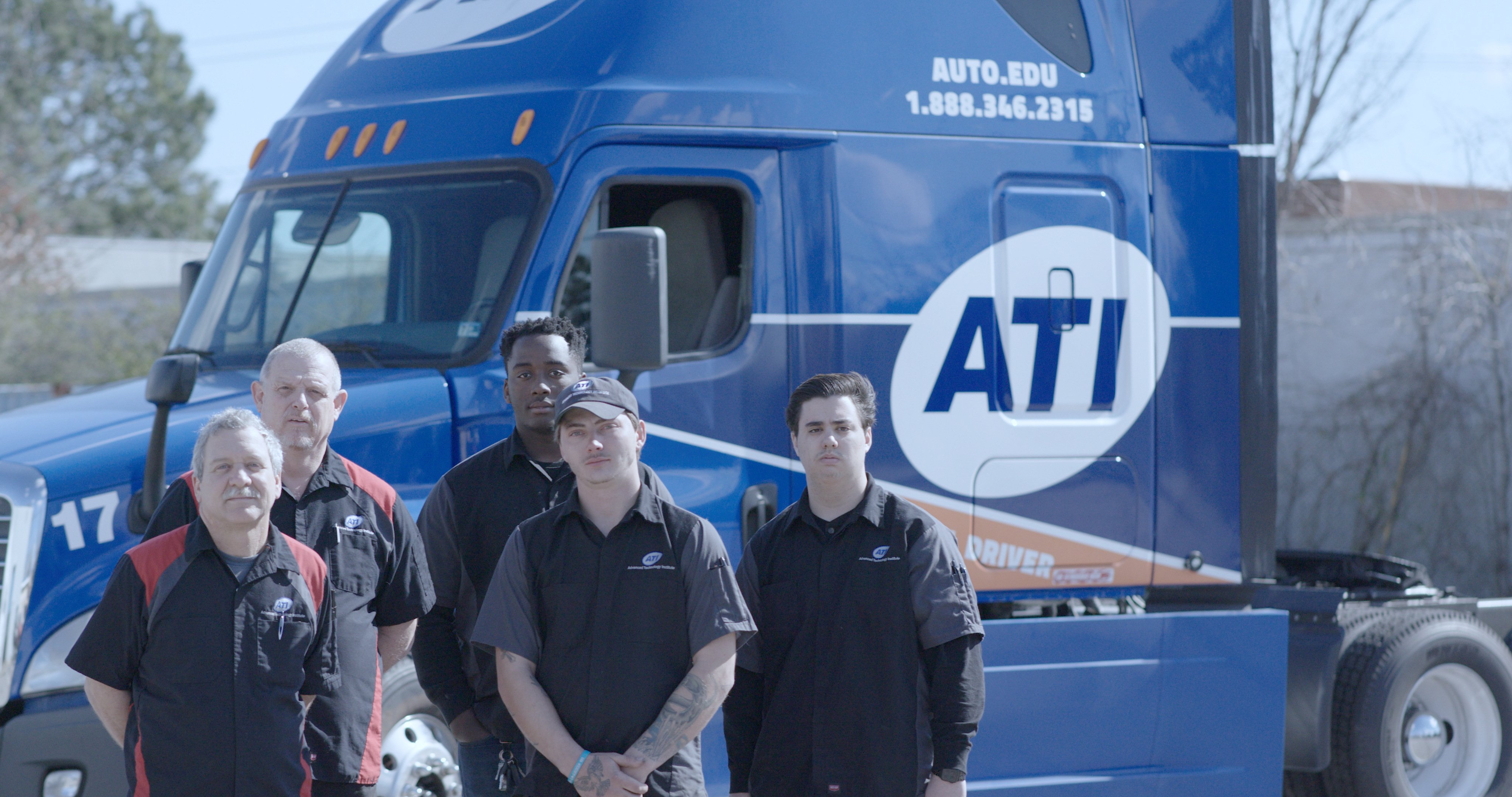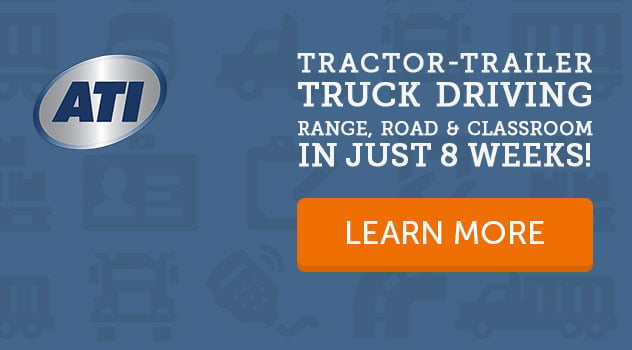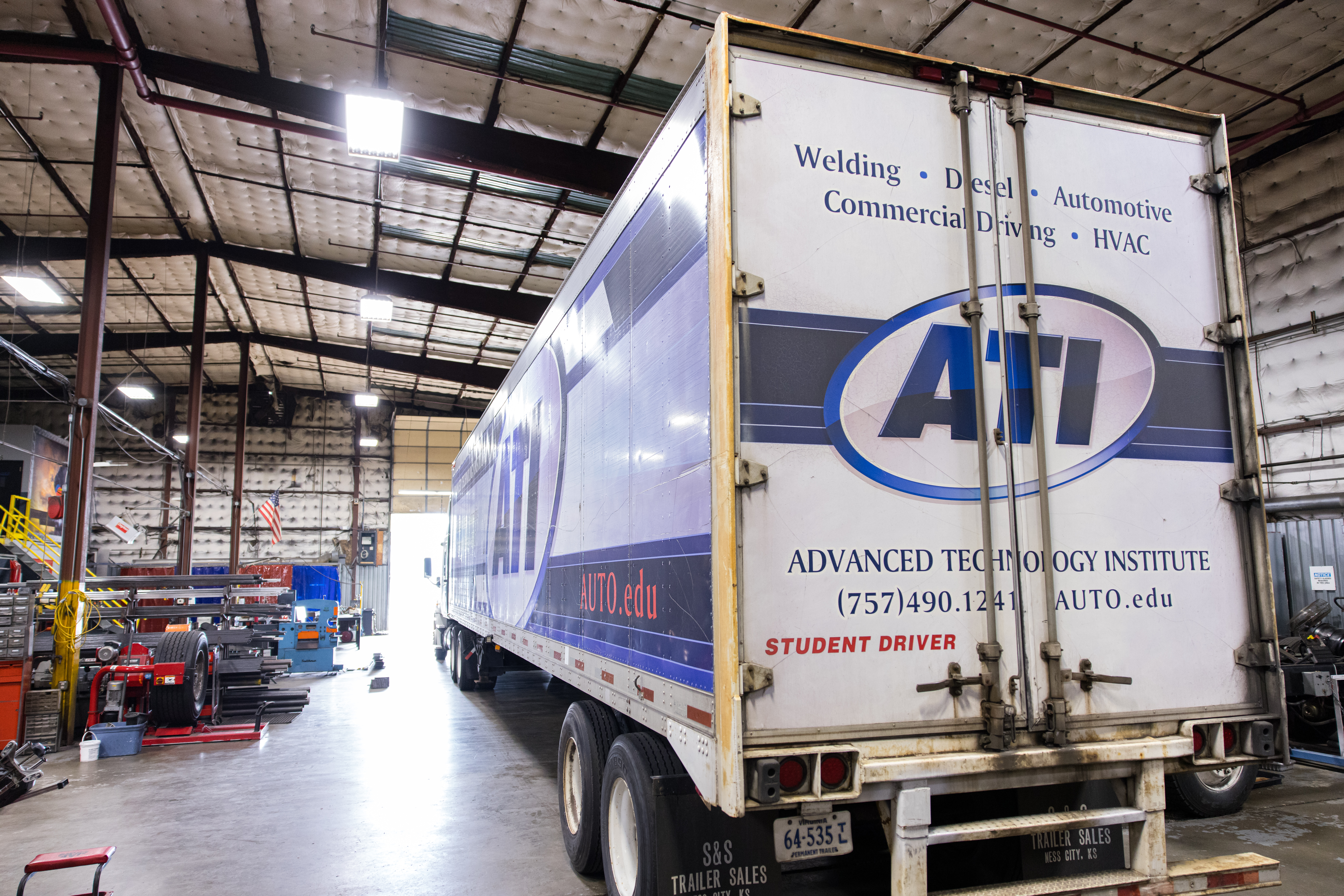What is Expedited Trucking & How Can I Get a Job Doing It?

Suppose you had a sensitive cargo to send halfway across the country—two pregnant boa constrictors, let’s say—how would you ship them? Or 1,000 pounds of pizza dough, or part of the James Webb Space Telescope? You would use expedited trucking, because each load was time-sensitive, fragile, or irreplaceable. You would not use air freight, because the snakes need a personal touch, the pizza dough is heavy, and the James Webb Space Telescope is only intended to leave the ground once, never to return to earth. If over-the-road tractor trailers are trucking’s bread and butter of trucking, expedite trucking is a Carolina Reaper chili pepper (the world’s hottest).
Expedited and Hot Shot Trucking

Expedited trucking is the branch of freight hauling that deals with rush orders. From a tiny one-pound bag of produce headed for a testing laboratory to nuclear plant parts, items that must arrive at a specific time, not be reloaded, or require delicate handling all go by expediter. This type of trucking depends largely on five expedite truck types:
- Cargo van—Your snakes and your frozen carrots for testing would go in a small van
- Sprinter van—Able to hold three pallets (say, a million bucks’ worth of pharmaceuticals) or equivalent weight
- Straight truck—For less-than-truck loads (LTLs) that are too big, too oddly shaped, or too heavy for the sprinter van; a straight truck for expediting usually has a 96” sleeper unit so your driving team can run straight through
- Tractor-trailer—For long pieces or expedited full truck loads (FTLs)
Shipping Wars: The Real World of Expedited & Hotshot Trucking

The television show, “Shipping Wars,” essentially covers the world of hotshot and expedited freight hauling. Independent contractors vie for loads that big carriers either cannot or will not haul. You can watch some quirky cargo, but if you really want to experience the Wild West atmosphere (most expedited shipping is from the mid-west and outward), you need to become an expedited trucker yourself.
While you will compete for loads, you will not be in a breakneck race with other drivers, nor will you be center stage on television. You will be balancing some important factors:
- Time—Expediting trucking is important because your load is time-sensitive. Whatever you are hauling must be on site, on time, to prevent a manufacturer from shutting down a factory, an oil field from stopping its pumps, or a curtain from closing on the big Broadway show.
- Load—You have to match your truck to the load, making sure you can safely haul the weight (which could be live animals, antique cars, or a custom-made casket).
- Overhead—You have to consider your fuel costs, insurance, credentials (HAZMAT or TSA), and carrier costs.
Any sense of battle you feel will be between you and the elements—time, weather, gravity—and not from other haulers.
Should I Own or Lease as an Expediter?
You may enter the world of expedited trucking by working for an expediter, who has the full range of truck sizes. Or you may be an owner/operator (O/O) with your own vehicle and lease your services out to a carrier. If you are thinking of breaking into expedited trucking, do not invest in a truck and then cast around for loads—start with a carrier and find out what ships the most, what types of loads you enjoy carrying, and build up enough capital to go O/O on your own.
Sprinter and cargo vans are scattered across all 48 states, and the market is saturated. A tractor of your own could cost you over $150,000. A straight truck with sleeper is often the ideal entry point for anyone wanting to handle expedited loads. You can take big cargos (10,000 pounds) and loads as high as a regular trailer.
How Much Do Expedited Truckers Make?
The Bureau of Labor Statistics tells us that delivery van drivers (Sprinter and cargo van drivers) made $27,490 as of May, 2014 for annual median pay. This is better than sales workers who drive (like pizza deliverers and bread trucks) who made only $22,250 for the same period. It is not, however, as inviting as other truck driving positions:
- May 2014 annual median income, light truck drivers: $29,570
- May 2014 annual median income, heavy and tractor-trailer drivers: $39,520
To drive a straight truck, you need a Class B commercial driving license (CDL), and to drive a tractor-trailer, you need a Class A CDL.
Get Started with Truck Driving School
Enroll in ATI’s Tractor Trailer Driving Certification program and you could learn how to handle straight trucks, Sprinter vans, and full 53’ trailers in just eight weeks. Here, you can get classroom and road instruction, including learning how to strap down unusual loads. You can also gain enough knowledge to take and pass either the Class B or Class A CDL tests. Contact ATI today to learn how you can, in just a few weeks, be on the road to a great new career, hauling fast freight from coast to coast.
I went through the tractor trailer school and a semester of heating and air conditioning and it was awareness I really learned a lot. I used the Gi bill from the Navy to go to school !!!
Posted by Steven Altman on Friday, August 21, 2015
DISCLAIMER – Advanced Technology Institute (ATI) makes no claim, warranty, or guarantee as to actual employability or earning potential to current, past or future students or graduates of any educational program offered. The Advanced Technology Institute website is published for informational purposes only. Every effort is made to ensure the accuracy of information contained on the AUTO.edu domain; however, no warranty of accuracy is made. No contractual rights, either expressed or implied, are created by its content.
Gainful Employment Information – Tractor Trailer Driving Certification
For more information about Advanced Technology Institute or any of our programs click here: http://www.auto.edu/ or http://ow.ly/VoydP.
Industry Knowledge
Welcome to the Advanced Technology Institute's Blog, your resource for industry insights and discussions on technologies shaping the future of automotive, heavy vehicle, hvac, welding, and other related career paths.
Explore how ATI's curriculum and hands-on learning opportunities can propel your career in the tech-driven world.



